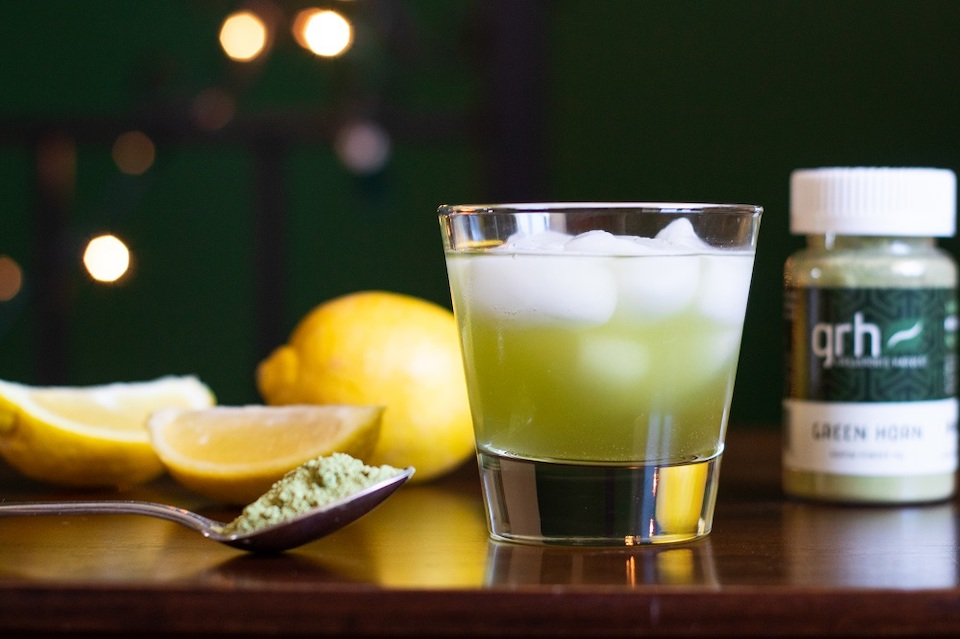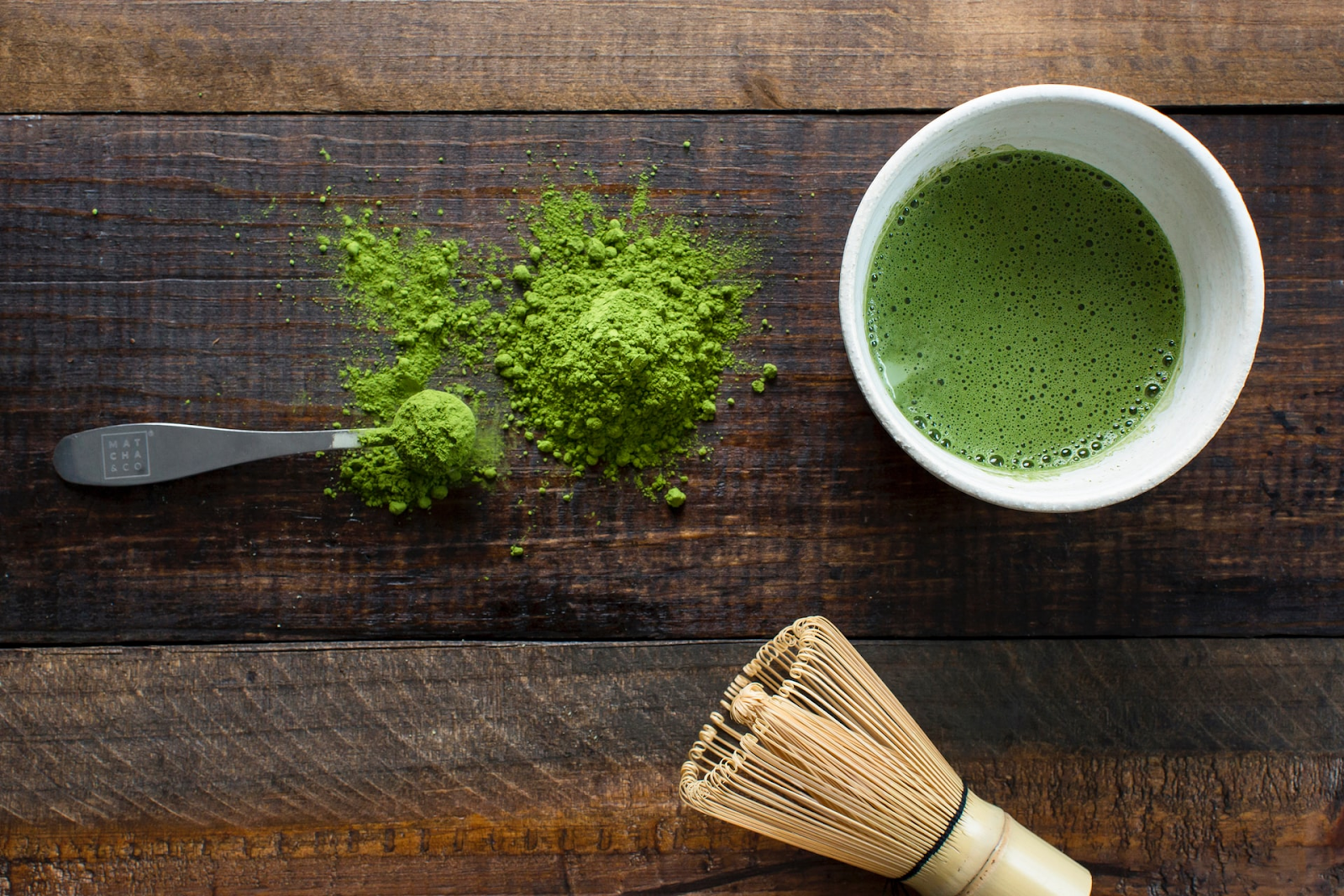Table of Contents
As holistic medicine gains popularity in the United States, new, natural drugs are making waves. Things like Kava Kava tea, formerly nearly unheard of, are now extremely common—but it can be difficult to keep up! One particular substance, kratom, is rapidly gaining popularity for a variety of reasons.
However, what is kratom? We’ll dive into this fascinating plant in this post and tell you everything there is to know about it.

What is Kratom?
Kratom is a tree-like plant native to Southeast Asia (in particular, Indonesia, Malaysia, and Kalimantan) and has been used in traditional medicine for generations. Kratom, scientifically known as Mitragyna speciosa, is a close cousin of the coffee plant. Traditionally, the leaves of the kratom plant were chewed to experience its effects. Nowadays, kratom leaves are processed into a powder that may be kept naturally or packaged in capsules for convenience. Powders and capsules are used for some purposes. The numerous potential advantages of kratom are one of the reasons the plant has grown so swiftly across the United States, even though it was almost unknown only a few years ago.
Kratom’s ‘Roots’
Kratom is an evergreen tropical tree native to Southeast Asia. Numerous scientists have documented this unique tree throughout the years, and the tree and its virtues have only lately made their way into the western market.
Kratom was traditionally utilized for medicinal purposes in Southeast Asia, and it was used to treat pain and a variety of other ailments. The kratom tree may reach a height of 80 feet, with shiny foliage and blooming flowers.
The indigenous peoples of Southeast Asia chewed kratom to reap its health advantages. Others cooked kratom with water and drank the resulting concoction. It was not until the Dutch arrived in Malaysia that kratom was documented.
According to Western historical literature, Pieter Willem, who worked for the East India Company, mentioned kratom. While Peter was there, he saw how the natives chewed kratom.
In the nineteenth century, opium was extremely popular in Malaysia and Thailand. Kratom was proven to be a superior substitute for opium. Furthermore, it was less expensive than opium. As a result, it gained popularity in these regions.
Many individuals who worked in Southeast Asia chewed kratom to reduce the discomfort associated with their jobs. Others love to enhance focus with white borneo kratom and unwind following a long day of labor. Kratom tea was also fairly popular at the time, which is why kratom was banned in Thailand and Malaysia. Today, the majority of kratom producers must source their kratom from Indonesia.
Kratom’s Varieties
Kratom comes in three distinct varieties: White Vein, Green Vein, and Red Vein. The sort of kratom you obtain is determined by when the leaves are harvested! As the leaves deteriorate, the alkaloids within the plant shift, which is how kratom exerts its effects. Kratom leaves’ veins also change color as they grow, signifying the strain of kratom.
- White Vein: White vein kratom is the newest and most energetic strain of kratom. Utilizing modest to moderate dosages of white vein kratom is uplifting, offering sustained attention and drive, frequently without the ‘crash’ associated with caffeine use. White vein kratom has grown in popularity as a pre-workout supplement to increase bodybuilding and weightlifting circles.
- Green Vein: As kratom leaves mature, their veins turn green, indicating that the plant grows. When collected at this stage, green vein kratom is obtained. While less stimulating than white vein kratom, green veins are often noted for their capacity to induce feelings of ecstasy and fulfillment. Green vein kratom is frequently touted as the most effective at relieving stress; many users report feeling more friendly and chatty as a result.
- Red Vein Kratom: Red vein kratom is an adult kratom plant. As the leaves have remained on the tree and matured, the alkaloids therein have remained stable. This implies that red vein kratom has a distinct impact from white and green vein kratom; rather than stimulating or exhilarating, red vein kratom is rather soothing. Red vein kratom is perhaps the most popular kratom strain since some claim it can alleviate pain and promote sleep. Red vein kratom is normally not suggested for daytime usage due to its moderate sedative properties.

What Is the Function of Kratom?
Kratom is frequently used in traditional Southeast Asian medicine to treat fever, diarrhea, and discomfort. In the United States, kratom is mostly used for three purposes: energy and focus, euphoria and mood enhancement, and rest. Kratom can deliver these advantages because it comes in various forms — each type has a unique impact.
In the United States, how is kratom used?
A 2016 online poll of over 8,000 kratom consumers mostly reached through the AKA discovered that the majority used the medication to treat pain or mood problems such as sadness and anxiety. Others utilized kratom to alleviate withdrawal symptoms associated with the use of prescription opioids or illegal drugs.
According to the poll, kratom was most frequently ingested as a powder blended into a drink or as pills, according to Oliver Grundmann, a clinical associate professor of medicinal chemistry at the University of Florida.
How to Ensure the Quality of Your Kratom?
The kratom market is uncontrolled, which implies that kratom products are not inspected for purity, sanitation, or safety by the FDA or any other government body. If you’re interested in experimenting with kratom, it’s critical to purchase from a firm that can demonstrate their goods are of excellent quality; otherwise, you may not be receiving what you believe you’re getting.
Due to the absence of rules in the kratom sector, it is feasible for a firm to promote a product as pure kratom when it is not, sell kratom that includes pollutants, or degrade their goods to increase their strength, among other things. There is just one method to ensure the kratom you purchase is of top quality: the company must provide you with trustworthy third-party lab test results.
Third-party laboratory testing is conducted by an independent laboratory that is not linked with the kratom manufacturer. These tests should reveal the alkaloid content of the kratom (which indicates its potency) and any impurities such as heavy metals or microorganisms. Companies that make their third-party lab tests easily accessible are worth trusting—even more so if the test comes from a lab that you can Google and locate! Additionally, lab testing should contain batch numbers and dates to ensure they are current.

Final Words
Kratom is a natural plant with many potential advantages – but with an uncontrolled market, it’s critical to understand what you’re purchasing. That is why third-party lab testing is critical for anybody considering purchasing kratom and why you should only purchase kratom from firms that make it easy to locate! There are several ways that alternative and holistic medicine may benefit individuals, and new ones are being found all the time! It’s critical to exercise caution while experimenting with new goods and conducting research, which is why we wanted to aggregate information regarding kratom here.

